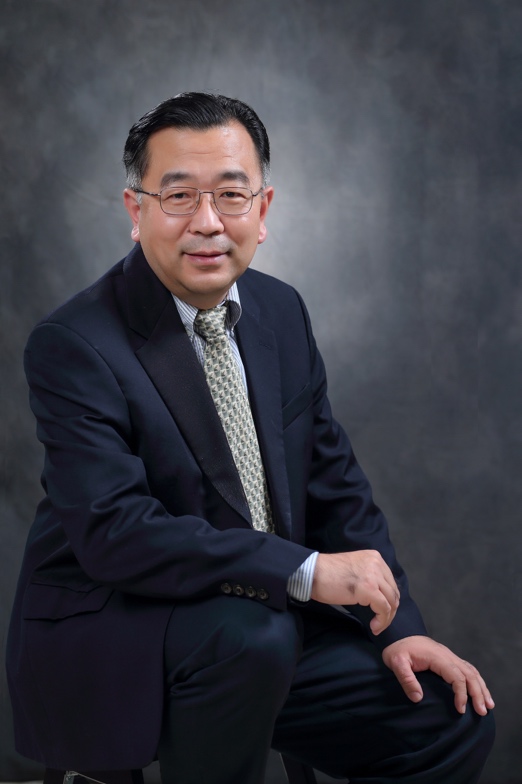Qiang Feng1 , Wendao Li1, Min Zou1, Changdong Wei2, Longfei Li1, Stoichko Antonov1, Ji-Cheng Zhao2
1 Beijing Advanced Innovation Center for Materials Genome Engineering, State Key Laboratory for Advanced Metals and Materials, University of Science and Technology Beijing, Beijing 100083, China
2 Department of Materials Science & Engineering, The Ohio State University, Columbus, OH, 43210, USA
Abstract: Traditional cobalt-based superalloy and existing nickel-based superalloy have been unable to fully meet the requirements of high strength and corrosion resistance required by the harsh service environment (high sulfur, high salt and high temperature) of new generation land-base gas turbine and shipborne aero-engine. Therefore, there is an urgent need to develop a new type of high-temperature structural materials with high strength and resistance to corrosion, and γ′-strengthened Co-based alloys are regarded as one of the potential candidates.
For γ′-strengthened Co-based alloys, the principle of alloy design is unclear yet, this work systematically studied the effects of nine alloying elements, such as Ni, Cr, Al, W etc, on the long-term microstructure stability and phase equilibrium of Co-Al-W-base superalloy at 1000 ℃, using the complex multi-component diffusion multiple technology, and established the quantitative relationships between alloy composition-phase equilibrium- long-term microstructure stability as well as the corresponding experimental database. On this basis, through machine learning technology, the composition optimizing method of novel Co-base superalloys based on reverse design of microstructure was established, and a multi-component Cobalt-base single-crystal superalloy was designed, which demonstrates high comprehensive performance, such as microstructure stability, creep resistance, oxidation resistance and density etc.
Keywords:Novel Co-base superalloy, diffusion multiple, microstructure stability, machine learning, composition optimizing method.

Fig.1 Framework of alloy design of novel Co-base superalloys based on High throughput diffusion multiples and machine learning method.
基于ICME的多组元新型钴基合金成分设计与优化
冯强1, 李文道1, 邹敏1,魏昌东2, 李龙飞1, Stoichko Antonov1, 赵继成2
1 北京材料基因工程高精尖创新中心, 新金属材料国家重点实验室, 北京科技大学, 北京 100083
2 材料科学与工程系, 俄亥俄州立大学, 美国, 哥伦布 43210
摘要:传统钴基高温合金与现有镍基高温合金已难以完全满足新一代地面燃机和舰载航空发动机的恶劣服役环境(高硫、高盐、高温)所需的高强、高耐蚀要求。因此,迫切需要开发具有高强、耐热腐蚀的新型高温结构材料,而γ'相强化钴基高温合金被国际上认为是具有竞争力和应用潜力的材料之一。
针对γ'相强化钴基高温合金的合金化原理尚不明确的现状,本研究采用复杂多组元扩散多元节技术,系统研究了Ni、Cr、Al、W等九种元素对Co-Al-W基高温合金在1000℃下的长时组织稳定性和相平衡的影响规律,并建立了大量的合金成分-相平衡-组织稳定性的定量对应关系及相应实验数据库。在此基础上,通过机器学习技术,建立了基于显微组织逆向设计的新型高温合金成分优化方法,并初步设计出综合性能(组织稳定性、蠕变性能、抗氧化性和密度等)处于国际先进水平的多组元钴基单晶高温合金。

北京科技大学教授、国际合作与交流处处长、北京市材料基因工程高精尖创新中心副主任、中国材料研究学会副秘书长、美国矿物金属材料学会(TMS)高温合金委员会和集成计算材料工程(ICME)委员会理事。
他是国际上最早从事第四代镍基单晶高温合金和新型钴基高温合金基础研究的学者之一。 “十二五”期间,他主持国家“863计划”课题,在国内率先开展了基于ICME的航空发动机涡轮叶片服役损伤评价方法与寿命评估技术的研究。“十三五”期间,他作为国家重点研发计划“材料基因工程关键技术与支撑平台”重点专项的项目负责人,开展了面向工程应用的γ'相强化钴基单晶高温合金的研发工作。他是第五届世界集成计算材料工程大会(ICME2019)和第十四届国际高温合金大会(Superalloys 2020) 会议的共同主席(Co-organizer)。